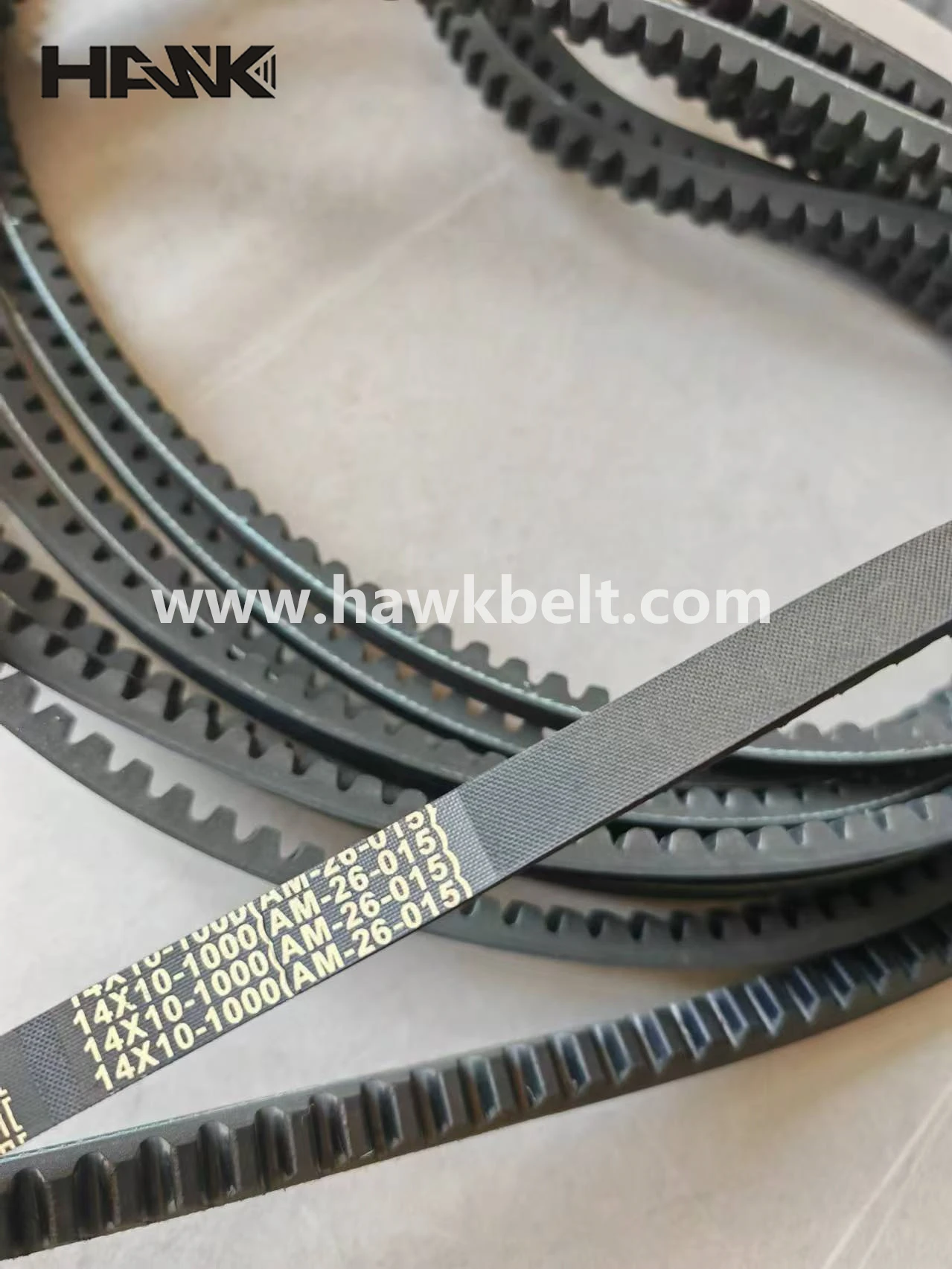- Arabic
- French
- Russian
- Spanish
- Portuguese
- Turkish
- Armenian
- English
- Albanian
- Amharic
- Azerbaijani
- Basque
- Belarusian
- Bengali
- Bosnian
- Bulgarian
- Catalan
- Cebuano
- Corsican
- Croatian
- Czech
- Danish
- Dutch
- Afrikaans
- Esperanto
- Estonian
- Finnish
- Frisian
- Galician
- Georgian
- German
- Greek
- Gujarati
- Haitian Creole
- hausa
- hawaiian
- Hebrew
- Hindi
- Miao
- Hungarian
- Icelandic
- igbo
- Indonesian
- irish
- Italian
- Japanese
- Javanese
- Kannada
- kazakh
- Khmer
- Rwandese
- Korean
- Kurdish
- Kyrgyz
- Lao
- Latin
- Latvian
- Lithuanian
- Luxembourgish
- Macedonian
- Malgashi
- Malay
- Malayalam
- Maltese
- Maori
- Marathi
- Mongolian
- Myanmar
- Nepali
- Norwegian
- Norwegian
- Occitan
- Pashto
- Persian
- Polish
- Punjabi
- Romanian
- Samoan
- Scottish Gaelic
- Serbian
- Sesotho
- Shona
- Sindhi
- Sinhala
- Slovak
- Slovenian
- Somali
- Sundanese
- Swahili
- Swedish
- Tagalog
- Tajik
- Tamil
- Tatar
- Telugu
- Thai
- Turkmen
- Ukrainian
- Urdu
- Uighur
- Uzbek
- Vietnamese
- Welsh
- Bantu
- Yiddish
- Yoruba
- Zulu
Oct . 12, 2024 11:57 Back to list
V-Belt Standard Size Reference Guide for Various Applications and Specifications
Understanding V-Belt Standard Size Charts
V-belts are essential components in various mechanical systems, acting as a link between the motor and the machinery it drives. Their importance lies in their ability to transmit power efficiently at different speeds and loads. Choosing the right V-belt is crucial for optimal performance, and this is where standard size charts come into play. In this article, we will explore the significance of V-belt standard size charts and how they can assist in selecting the right belt for your application.
What is a V-Belt?
A V-belt is a type of drive belt that has a cross-section shaped like a ‘V’. This shape allows the belt to fit snugly in the grooves of pulleys, thereby providing a larger surface area for friction and better power transmission. V-belts are typically made from rubber or polyurethane and come in various configurations, including classical, narrow, and cogged designs.
Why Use Standard Size Charts?
V-belt standard size charts are valuable tools that provide detailed specifications on the dimensions and ratings of different belts. These charts typically include information on belt length, width, thickness, and the angle of the belt's profile. By referencing these charts, users can easily determine the appropriate belt for their system based on the following factors
1. Belt Type Different applications require specific types of belts. Standard size charts categorize V-belts into several types, such as classical (A, B, C) belts, narrow belts (3V, 5V, 8V), and cogged belts. Each category serves a particular purpose and varies in design and performance characteristics.
2. Length and Width The length of a V-belt is measured in inches and is critical for ensuring proper tension and fit within the pulley system. Standard charts provide various lengths for each belt type, allowing users to select one that matches their pulley setup precisely. Width is equally important, as it impacts power transmission capabilities and compatibility with pulleys.
3. Performance Ratings Standard charts often include information about the power ratings of different V-belts, indicating the maximum load they can handle. This rating is crucial for preventing belt slippage or failure in high-load applications.
4. Compatibility By referring to a standard size chart, users can easily identify belts that match their existing pulleys. This compatibility helps to avoid unnecessary modifications and ensures a smooth and efficient drive system.
v belt standard size chart

How to Use a Standard Size Chart
To effectively use a V-belt standard size chart, follow these steps
1. Identify the Application Start by determining the requirements of your machinery. Consider factors such as load, speed, and environmental conditions.
2. Measure Your Pulleys Measure the dimensions of your pulleys, including the diameter and groove width. This information will guide you in selecting the correct belt type.
3. Consult the Chart After gathering your data, consult the V-belt standard size chart. Look for the type of belt you need and match it with the measurements you have.
4. Choose the Right Belt From the selections available in the chart, pick a belt that matches your application’s requirements and fits your pulleys closely.
5. Test and Verify Once you have installed the selected V-belt, monitor its performance. Ensure there is no slippage, and check for any unusual noises or vibrations, which could indicate improper installation or incompatibility.
Conclusion
In conclusion, V-belt standard size charts are indispensable resources for anyone involved in mechanical systems that rely on V-belts for power transmission. By understanding how to read these charts and apply the information they provide, users can select the most appropriate belts for their specific applications. Properly choosing and using V-belts not only enhances operational efficiency but also extends the life of the belt and the machinery it drives, ultimately providing better productivity and cost-effectiveness. Whether you're a maintenance technician, an engineer, or a DIY enthusiast, familiarizing yourself with V-belt size charts will undoubtedly lead to more informed decisions and successful outcomes in your projects.
-
Korean Auto Parts Timing Belt 24312-37500 For Hyundai/Kia
NewsMar.07,2025
-
7PK2300 90916-T2024 RIBBED BELT POLY V BELT PK BELT
NewsMar.07,2025
-
Chinese Auto Belt Factory 310-2M-22 For BMW/Mercedes-Benz
NewsMar.07,2025
-
Chinese Auto Belt Factory 310-2M-22 For BMW/Mercedes-Benz
NewsMar.07,2025
-
90916-02660 PK Belt 6PK1680 For Toyota
NewsMar.07,2025
-
drive belt serpentine belt
NewsMar.07,2025

